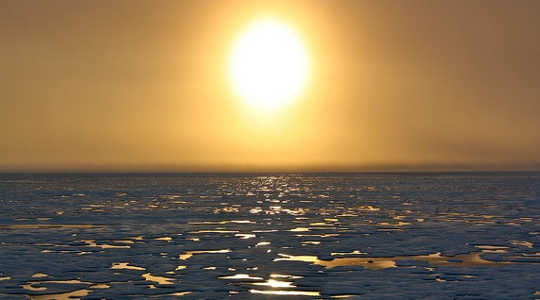
A warming climate is exposing the Arctic to the possibility of radical changes that could affect the rest of the planet, scientists say.
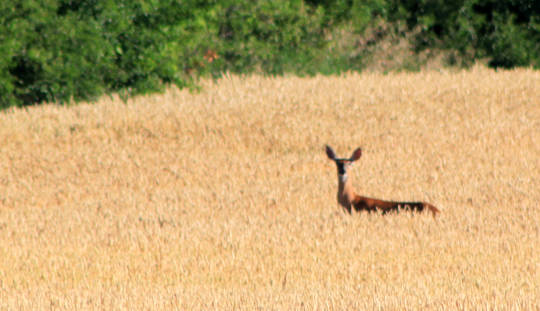 As demand for grain increases to feed a rising population, scientists warn that global warming could seriously reduce wheat productivity.
As demand for grain increases to feed a rising population, scientists warn that global warming could seriously reduce wheat productivity.
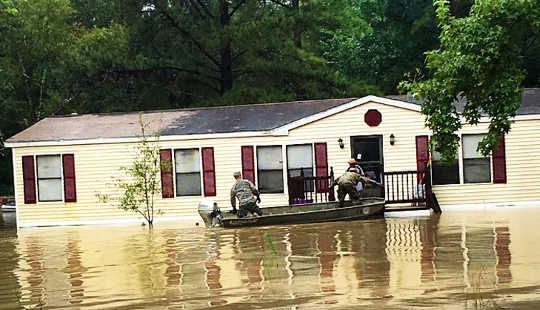 President-elect Donald Trump has been unclear so far on how many of his campaign pledges he actually intends to see through. Hopeful Democrats and moderates have clung to this uncertainty as reason to hope that a Trump presidency wouldn’t be as bad as they feared.
President-elect Donald Trump has been unclear so far on how many of his campaign pledges he actually intends to see through. Hopeful Democrats and moderates have clung to this uncertainty as reason to hope that a Trump presidency wouldn’t be as bad as they feared.
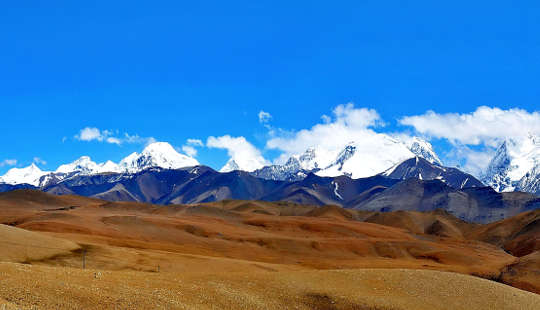 The consequences of climate change are already being felt all over the globe. But some regions are particularly affected. These so-called “hotspots” are areas where strong physical and ecological effects of climate change come together with large numbers of vulnerable and poor people and communities.
The consequences of climate change are already being felt all over the globe. But some regions are particularly affected. These so-called “hotspots” are areas where strong physical and ecological effects of climate change come together with large numbers of vulnerable and poor people and communities.
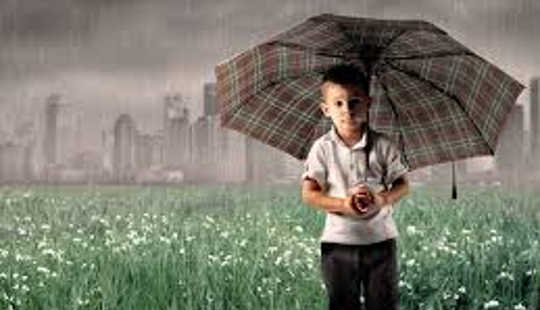 The high ambition of the Paris Agreement, to limit global warming to “well below 2°C”, was driven by concern over long-term sea level rise. A warmer climate inevitably means melting ice – you don’t need a computer model to predict this, it is simple common sense.
The high ambition of the Paris Agreement, to limit global warming to “well below 2°C”, was driven by concern over long-term sea level rise. A warmer climate inevitably means melting ice – you don’t need a computer model to predict this, it is simple common sense.
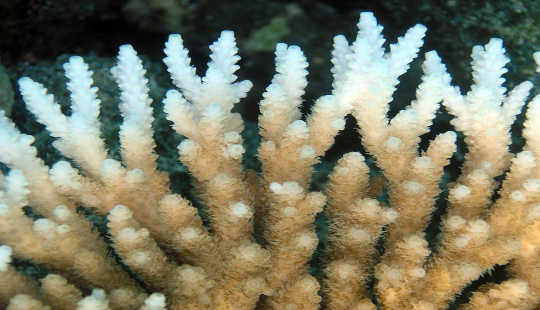 More than a dozen authors from different universities and nongovernmental organizations around the world have concluded, based on an analysis of hundreds of studies, that almost every aspect of life on Earth has been affected by climate change.
More than a dozen authors from different universities and nongovernmental organizations around the world have concluded, based on an analysis of hundreds of studies, that almost every aspect of life on Earth has been affected by climate change.
 Climate-related catastrophes are expensive, whether they come on suddenly, like the thousand-year flood in Louisiana in August 2016, or move slowly and inexorably, like desertification in Turkey.
Climate-related catastrophes are expensive, whether they come on suddenly, like the thousand-year flood in Louisiana in August 2016, or move slowly and inexorably, like desertification in Turkey.
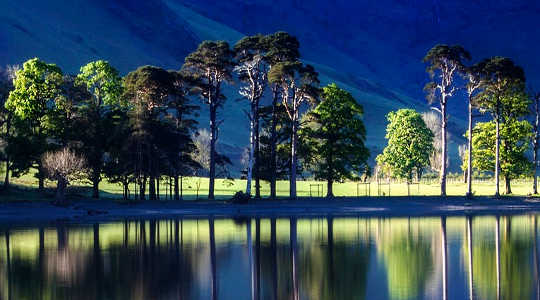
A report based on fossilised evidence reveals that plant biodiversity in Europe and North America is changing profoundly as the world heats up.
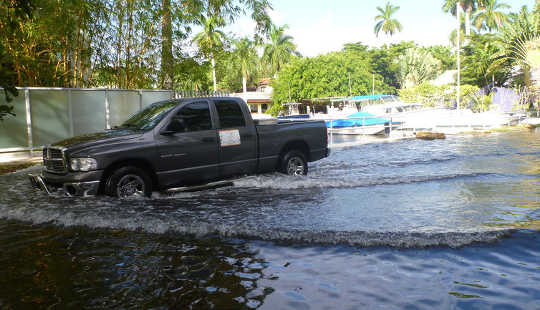 The new president will take office at a singular time in the history of our planet. The year 2016 is the first in well over a million in which the concentration of carbon dioxide in our atmosphere did not fall below 400 parts per million.
The new president will take office at a singular time in the history of our planet. The year 2016 is the first in well over a million in which the concentration of carbon dioxide in our atmosphere did not fall below 400 parts per million.
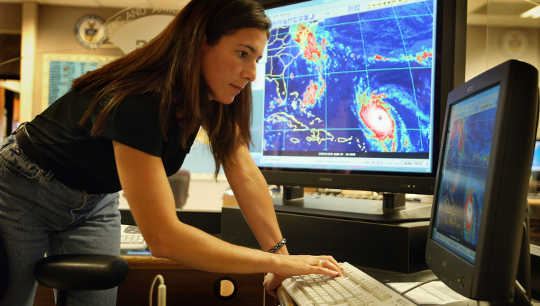 Hurricane and tropical storm development from three million years ago might give today’s forecasters a good blueprint for 21st-century storms.
Hurricane and tropical storm development from three million years ago might give today’s forecasters a good blueprint for 21st-century storms.
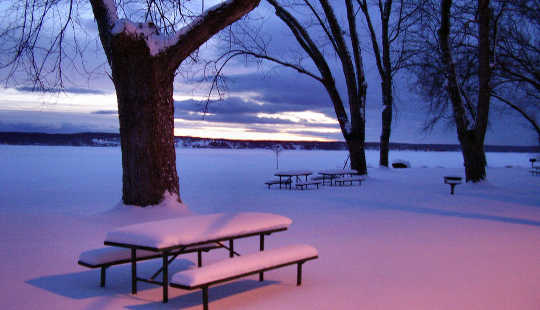 Scientists now agree: warmer weather in the Arctic and a wavy jet stream are influencing winter weather in the UK and US.
Scientists now agree: warmer weather in the Arctic and a wavy jet stream are influencing winter weather in the UK and US.
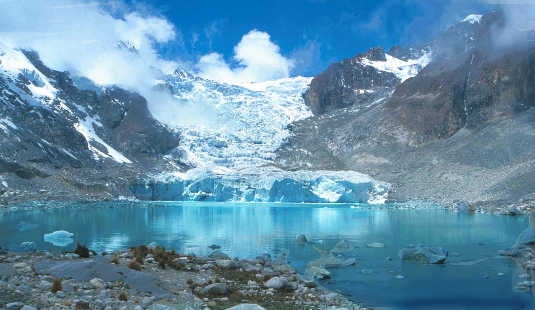 Bolivia’s glaciers have shrunk by more than 40% in the past few decades. This puts further pressure on an already stressed water supply, while the meltwater lakes left behind risk collapsing in sudden and catastrophic outburst floods.
Bolivia’s glaciers have shrunk by more than 40% in the past few decades. This puts further pressure on an already stressed water supply, while the meltwater lakes left behind risk collapsing in sudden and catastrophic outburst floods.
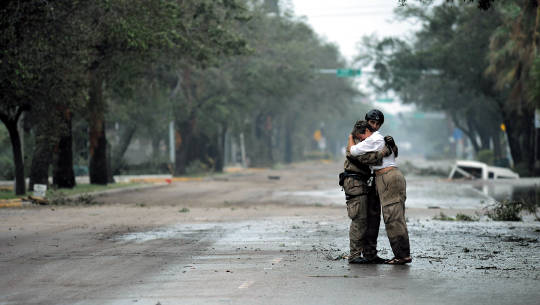 The destructive nature of Hurricane Matthew—which resulted in hundreds of deaths in Haiti, dozens more in the US, and extensive damage still being assessed—was a test of strength in communications systems, infrastructure, and ultimately the resilience of communities.
The destructive nature of Hurricane Matthew—which resulted in hundreds of deaths in Haiti, dozens more in the US, and extensive damage still being assessed—was a test of strength in communications systems, infrastructure, and ultimately the resilience of communities.
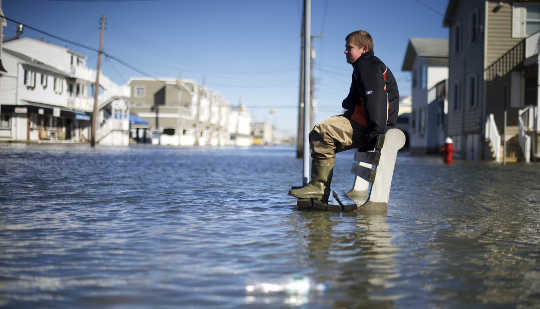 New York City can expect nine-foot floods, as intense as the one produced by 2012’s Superstorm Sandy, at least three times more frequently over the next century—and possibly as much as 17 times more frequently, say researchers.
New York City can expect nine-foot floods, as intense as the one produced by 2012’s Superstorm Sandy, at least three times more frequently over the next century—and possibly as much as 17 times more frequently, say researchers.
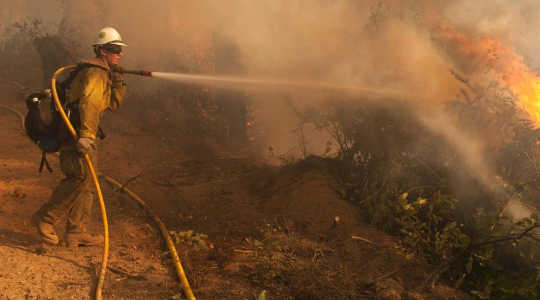 New study finds that man-made global warming is the root cause of a relentless increase in forest fires in the US.
New study finds that man-made global warming is the root cause of a relentless increase in forest fires in the US.
 In this presidential election year we have heard much about some issues, such as immigration and trade, and less about others.
In this presidential election year we have heard much about some issues, such as immigration and trade, and less about others.
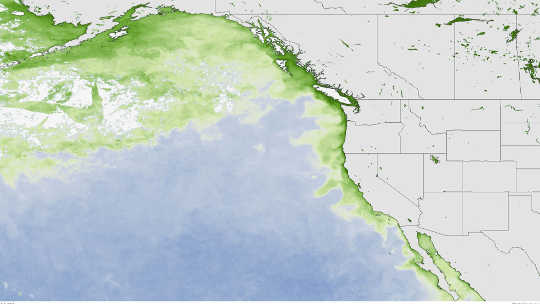 The unprecedented West Coast toxic algal bloom of 2015 appears to be linked to the unusually warm ocean conditions—nicknamed “the blob”—in the winter and spring of that year.
The unprecedented West Coast toxic algal bloom of 2015 appears to be linked to the unusually warm ocean conditions—nicknamed “the blob”—in the winter and spring of that year.
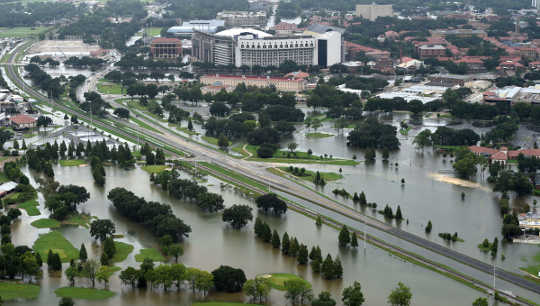 Hurricane Matthew has slammed into the Florida coast after hammering Haiti. Close to 2 million people were asked to evacuate to escape its winds and rain.
Hurricane Matthew has slammed into the Florida coast after hammering Haiti. Close to 2 million people were asked to evacuate to escape its winds and rain.
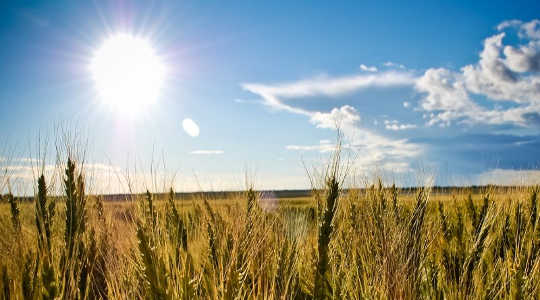 New study shows that the speed of climate change is now much too great for grassland species of vital food crops to adapt and survive.
New study shows that the speed of climate change is now much too great for grassland species of vital food crops to adapt and survive.
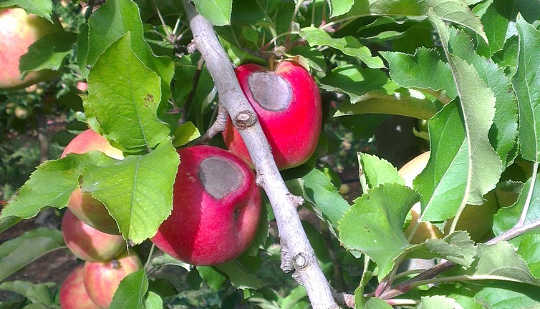 Spring arrives and the warming weather encourages the plants in our gardens and parks to burst into life, commencing their annual reproductive cycle.
Spring arrives and the warming weather encourages the plants in our gardens and parks to burst into life, commencing their annual reproductive cycle.
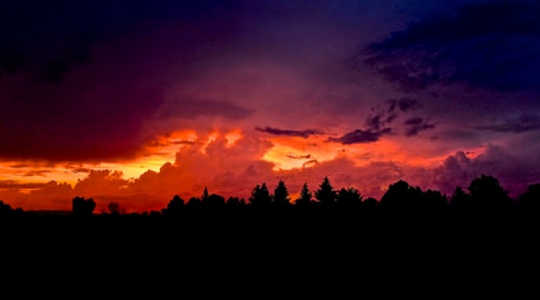
The planet could pass the critical 1.5°C global temperature threshold in a decade—and is already two-thirds of the way to hit that warming limit, climate scientists warned on Thursday.
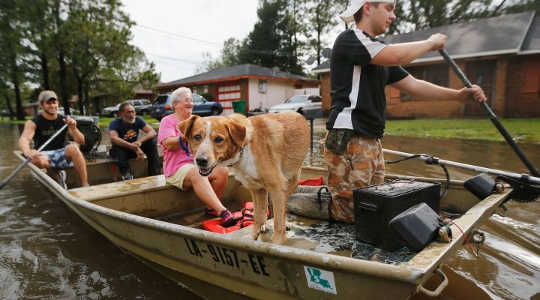 New scientific studies address lack of awareness of the adverse economic, social and biodiversity effects that climate change is already having.
New scientific studies address lack of awareness of the adverse economic, social and biodiversity effects that climate change is already having.
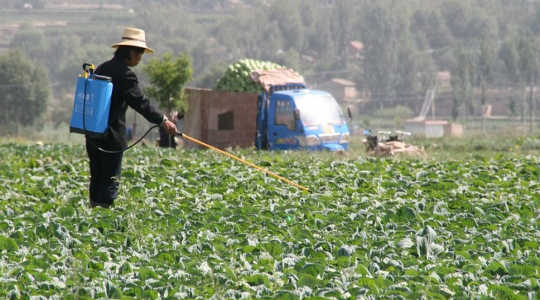 With the impacts of climate change threatening food supply as population grows, China is buying land on other continents to grow more crops.
With the impacts of climate change threatening food supply as population grows, China is buying land on other continents to grow more crops.












